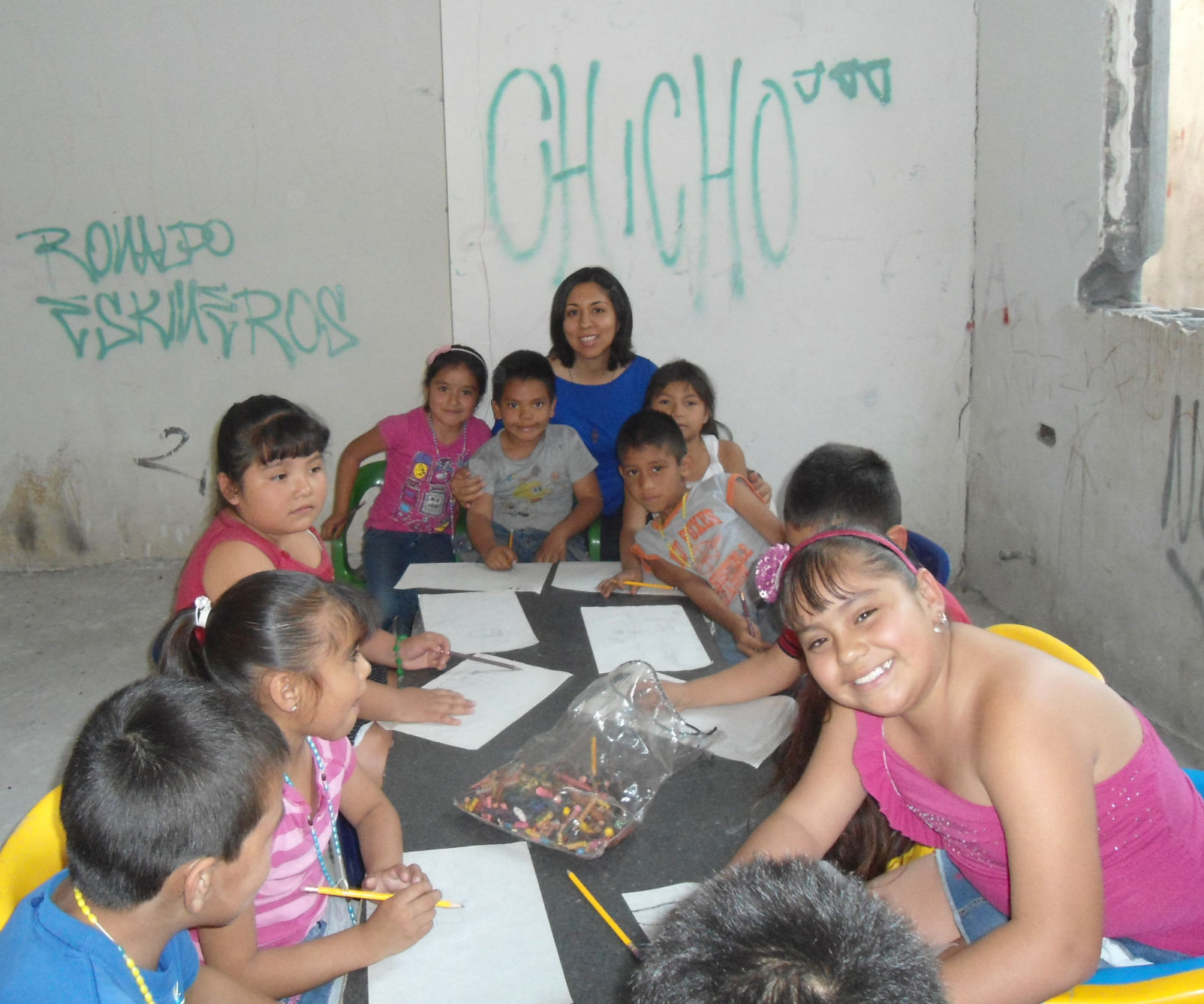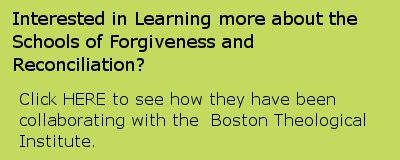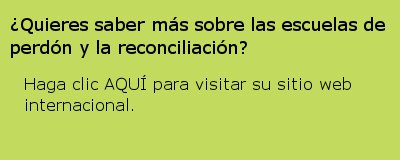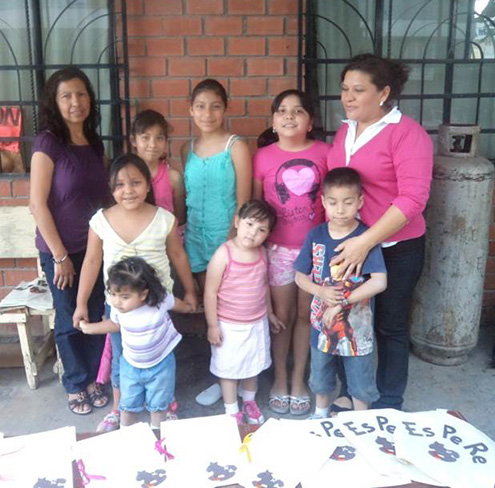When we entered the third year of our Niños por la Paz ("Children for Peace") program, our team had many dreams. Niños por la Paz began with the help of two women, as a program in the poorest chapel of our parish in which children could learn to practice peace and nonviolent conflict resolution. It rapidly grew into three settings each coordinated by a team of women from the community. One of our dreams was to find adequate space in which to gather with the children from the Libertadores neighborhood.
One of the women leaders found an abandoned house nearby in the neighborhood and our dream began to become reality when we received permission from the owner to clean and repair it for a meeting space. The Niños por la Paz community rallied– hauling away trash, re-painting walls, and replacing graffiti with the Niños por la Paz logo – together creating a space of nonviolence.

 Changing the culture of violence; strengthening our social fabric
Changing the culture of violence; strengthening our social fabric
At that same time, Mexico was experiencing an upsurge of political and drug-related brutality. We could even see violence increasing in our own city, Guadalupe, in Nuevo León. As the Niños por la Paz volunteers met with parents of children in the program, it became clear that we needed to go beyond working with children and begin forming adults to change the culture of violence.
We discovered a program, Schools of Forgiveness and Reconciliation, which provided a framework for adult formation. Designed by Father Leonel Narváez Gómez, IMC, of Columbia, the program’s objective is to create communities of peace that heal the wounds of conflict, encourage reconciliation and thereby reweave and strengthen the social fabric.

Embracing forgiveness and transforming lives so that all might experience renewal
We believe that real systemic change begins in local communities as people share both their needs and their gifts with each other. The Schools of Forgiveness and Reconciliation program supports healing by offering participants the opportunity to tell their stories, transform their narratives, and learn conflict resolution tools. They also learn skills in counseling both victims and perpetrators, helping them face each other and deal with the pain of the past. All participants learn both how to forgive and how to help others embrace forgiveness.
When such individual healing occurs in community, it has a rippling effect as spirits are gradually renewed. A person makes peace with his/her past, which changes a family. As families are slowly transformed, neighborhoods are positively affected. Eventually, even cities and entire countries can experience peace and renewal.

The Schools of Forgiveness and Reconciliation program is helping us begin to achieve this goal in a small but significant way. Formation for living peacefully together is a life –time process, but we are convinced that real change begins when together people meet the challenge to be part of this transformation.
For all in the Niños por la Paz program, working to live harmoniously has to be the task of everyone – adults and children alike. We continue with lots of enthusiasm, planting seeds of peace in our city.

The article title, A Dream Conferred: Creating a Legacy of Peace in Mexico, is a reference to the poem “A Dream Deferred” by Harlem Renaissance poet Langston Hughes. This play on words within our title is meant to suggest the community’s reclamation of the dream of peace. The text of Hughes’ poem “A Dream Deferred” can be viewed in English, French, Portuguese, and Spanish by clicking on this link.